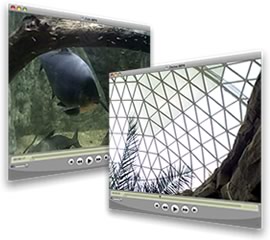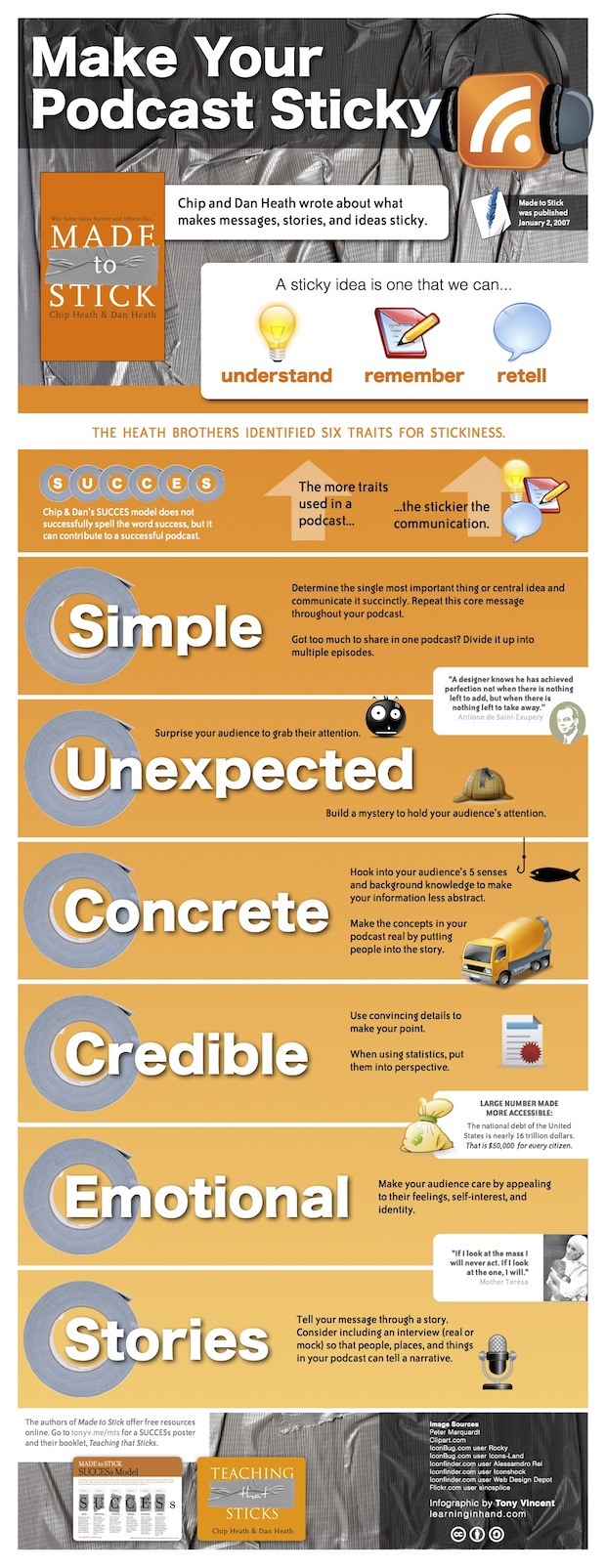 Teachers have been flipping over the Flip video camera. I've had one for months and really enjoy it. What's so special about this camera? First, the camcorder stores video in its internal memory. That means there are no tapes to rewind, record over, or lose. Secondly, the camera couldn't be easier to use. It only has a few button because it only has a few features. In fact, the Flip video camera seems like a Fisher-Price product because it is so simple. Another awesome thing for classrooms is that the camera requires no cables or cords. You don't need to worry about a power adapter because it uses 2 AA batteries (I recommend getting 4 rechargeable AA batteries so that one pair can be in the camera and the other can be charging). No computer cable is needed because a USB plug is hidden on the side of the camera that flips out when you need it.
Teachers have been flipping over the Flip video camera. I've had one for months and really enjoy it. What's so special about this camera? First, the camcorder stores video in its internal memory. That means there are no tapes to rewind, record over, or lose. Secondly, the camera couldn't be easier to use. It only has a few button because it only has a few features. In fact, the Flip video camera seems like a Fisher-Price product because it is so simple. Another awesome thing for classrooms is that the camera requires no cables or cords. You don't need to worry about a power adapter because it uses 2 AA batteries (I recommend getting 4 rechargeable AA batteries so that one pair can be in the camera and the other can be charging). No computer cable is needed because a USB plug is hidden on the side of the camera that flips out when you need it.
Because the video is stored in flash memory, there is no tape to rewind when importing into the computer. The Flip comes with software loaded on it to help you download the video from the camera. You need special software because the camera records in its own DivX MPEG-4 format. As a Mac user, I've installed the free Perian component for QuickTime. This allows my computer to play the movie file in QuickTime, iTunes, and other programs. I can use the video in iMovie HD, but the new iMovie 8 won't recognize the video format.
The Flip does not have a microphone jack. While its built-in mic is pretty good, users need to make sure that if they are capturing someone talking, that person needs to be very close to the camera. We've all seen many teacher and student-produced movies where you barely hear what is being said. To get around this, I would move the camera far back to get a silent establishing shot. Then I'd reposition the camera to get a tight shot so that the camera is close to the person while he or she speaks.
 I took my Flip camera to Omaha's Zoo. Here's a clip of fish in a massive aquarium. I zoom in at the end and you can see the image becomes blotchy when zoomed because it is a digital (not optical) zoom. The video is 640 x 480 pixels large. I converted the video format from the Flip's .avi format to an equivalent .mp4. Otherwise, those you without the Flip software or Perian wouldn't be able to see it. Here's the same video uploaded to YouTube. You'll notice the original is larger in size and higher quality than what YouTube displays. Just for fun, here's another video from the zoo's Desert Dome. And here's the YouTube version. Like most cameras, you'll notice that the Flip records much better in sunlight than in semi-darkness.
I took my Flip camera to Omaha's Zoo. Here's a clip of fish in a massive aquarium. I zoom in at the end and you can see the image becomes blotchy when zoomed because it is a digital (not optical) zoom. The video is 640 x 480 pixels large. I converted the video format from the Flip's .avi format to an equivalent .mp4. Otherwise, those you without the Flip software or Perian wouldn't be able to see it. Here's the same video uploaded to YouTube. You'll notice the original is larger in size and higher quality than what YouTube displays. Just for fun, here's another video from the zoo's Desert Dome. And here's the YouTube version. Like most cameras, you'll notice that the Flip records much better in sunlight than in semi-darkness.
The Flip currently comes in three different models. The model that records up to 30 minutes of video is $130. $150 will get you a camera that records up to 60 minutes. For $30 more you can get a sleeker 60 minute model.
The Flip is not the only small, cheap, tapeless video camera around. There's the RCA Small Wonder, Creative Vado, and Kodak Zi6. These cameras are very similarly priced to the Flip and have similar features. All include only a 2x digital zoom.
Why have a handy, easy-to-use camera in the classroom? Besides making videos of educational skits, the Flip camera could be used to document field trips and science experiments. It could be used to record interviews and class discussions. The videos could be uploaded to sites like TeacherTube or as a video podcast. Here are a few TeacherTube videos about or made with a Flip video camera: Reflection on Flip Project, Instructions for Using Flip Video Cameras (Windows), and Chinese Greetings.
 Friday, May 11, 2012 at 1:06PM
Friday, May 11, 2012 at 1:06PM  digital video,
digital video,  podcasting
podcasting 





 Flip Video cameras
Flip Video cameras


 I took my Flip camera to Omaha's Zoo.
I took my Flip camera to Omaha's Zoo. 
 I repeated the "
I repeated the "